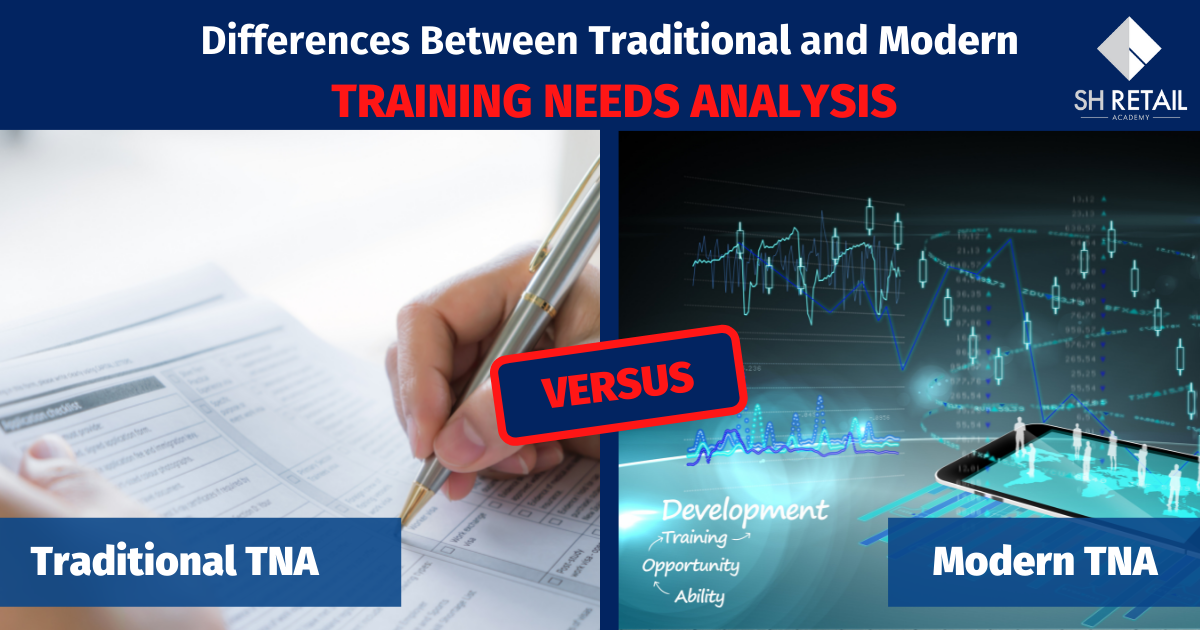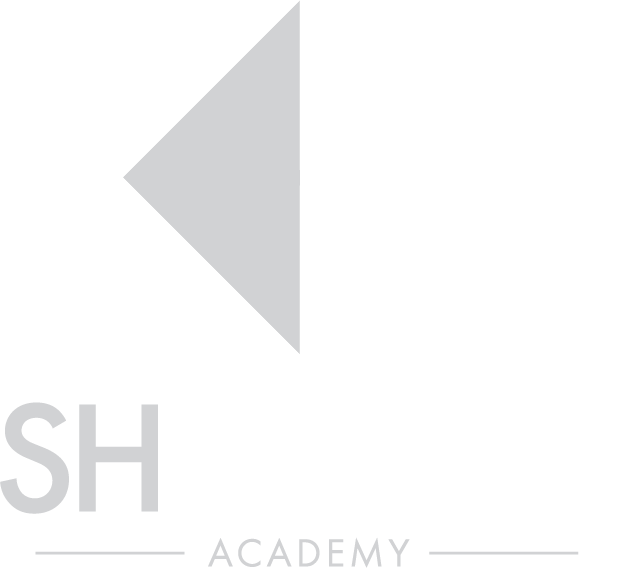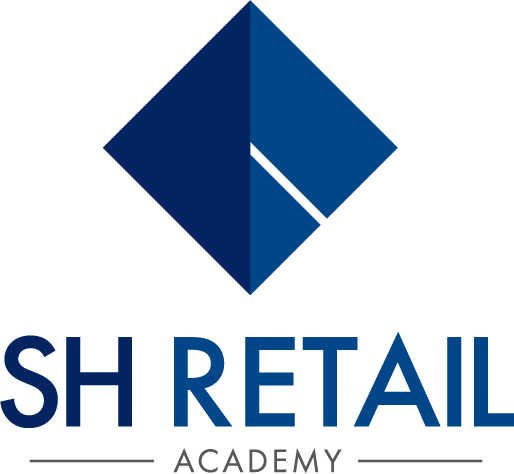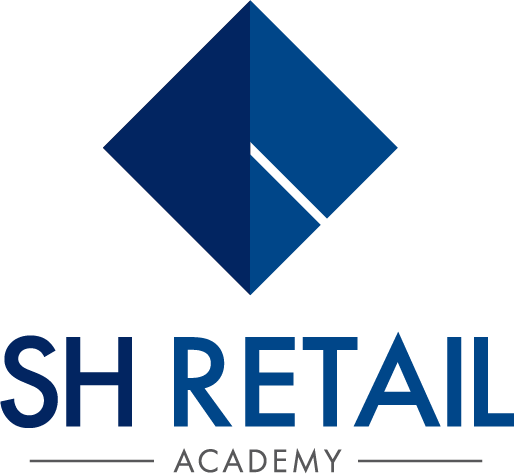
27 May Traditional VS Modern Training Need Analysis
The first step for any business to plan for their employee’s training and development programme is always to start from a Training Need Analysis (TNA). However, are your business vision, missions and employees’ job description the only references you used to determine the training program required to fill your employees’ competency gap? Traditional TNA usually evaluates training objectives in a three-tiered hierarchical order, starting from organizational needs, narrowing down to task or position function needs and eventually to individual needs. However, an excellent TNA should not just identify the training program that assist your employees in filling in their skill gaps, but also provide a return of investments in the form of employee’s productivity and prevent revenue leakage of your business.
Pain Points of Traditional Needs Analysis
- Overemphasize On Work Productivity And Not Revenue Leakage
- Focusing On Job Descriptions Not Latest Business Outcomes
1. OVEREMPHASIZE ON WORK PRODUCTIVITY AND NOT REVENUE LEAKAGE
Have you thought about how much time your employees spend on manual data entry tasks? Have you thought about how much revenue you would miss out on if you fail to send an invoice with the correct details to your customers? Imagine sending an RM1,000 invoice when you meant RM 1,200 instead. It may seem a small amount with RM200 difference, however, if you have 20-30 cases like that, it will sum up to RM6,000 loss in a month or extra hours to revise the invoice. With all these roadblocks in your business productivity, you may be losing customers’ trust or missing out on some potential sales, and all these lost opportunities could go unnoticed or not traceable.
When you think of ways to tackle this kind of problem, you might have thoughts like ‘Are my employees having the right competencies to improve their productivity?’ or ‘Are they lacking skills that can improve their accuracy on data entry jobs?’. Most people would pinpoint the staff’s competencies. No doubt our employees’ competencies play a part in it, sometimes it may not be the root cause for all your business problems. For example, when the sales drop, could it be because our business is still adopting a traditional business model and not having enough presence in other channels? Could it be because of not offering unique advantages or value to customers? Could it be because of the slow technology adoption?
In order for us to examine the root cause of our business problems, we need to look beyond staff’s competencies and start looking into where our money goes and where our revenue leaks into.
2. FOCUSING ON JOB DESCRIPTIONS AND NOT BUSINESS OUTCOMES
Traditionally, training needs analysis is conducted by comparing the employee’s job description with their actual competencies, which is commonly known as competencies gap analysis. Due to the volatility of the business environment, we have to transform our roles in retail and the way we run the business. During this transformation journey, there could be new roles that will be introduced, and this poses a challenge to run our training needs analysis based on competencies as we may not have a comprehensive view of the actual competencies of the role.
These are some questions for you to ponder:
- Are your employee’s existing job descriptions sufficient for you to determine their competencies gaps in achieving your latest business goal?
- When there are changes in your business outcome due to inevitable environmental factors, does it reflect in your job description?
If your employees’ TNA does not take your latest business goal into account, your employee will not gain the right competencies which help you in achieving your desired business outcome.
MODERN TRAINING NEEDS ANALYSIS
In reverse, modern TNA will prioritize business outcomes. It makes a lot of sense to do it, as we do TNA to close the competencies gap of employees, which is the ultimate goal is to improve the business ROI. Why not start by examining what is the desired business outcome and identifying the revenue leakage areas? That will be a more straightforward, and cost-efficient way to address your business problems. And, you will be able to identify which problem is caused by your staff’s competencies, and which one is not. This would help you to invest your time and money in the right place.
Wondering where you can get your modern TNA at? No worries. SH Retail Academy is now giving out COMPLIMENTARY Modern TNA! (worth RM288). Sign up now at https://bit.ly/3naSeVu *Only 50 slots available
In SH Retail Academy, we have created our program for retailers based on day-to-day retail challenges and backed up by success formula of Senheng, No. 1 in Consumer Electronics and other global retailers. Should you need any assistance, be it offline or online, we’ve got you covered with more valuable tools.
Find out more and kick start your journey today by reaching out to us here.
2,969 total views, 2 views today


